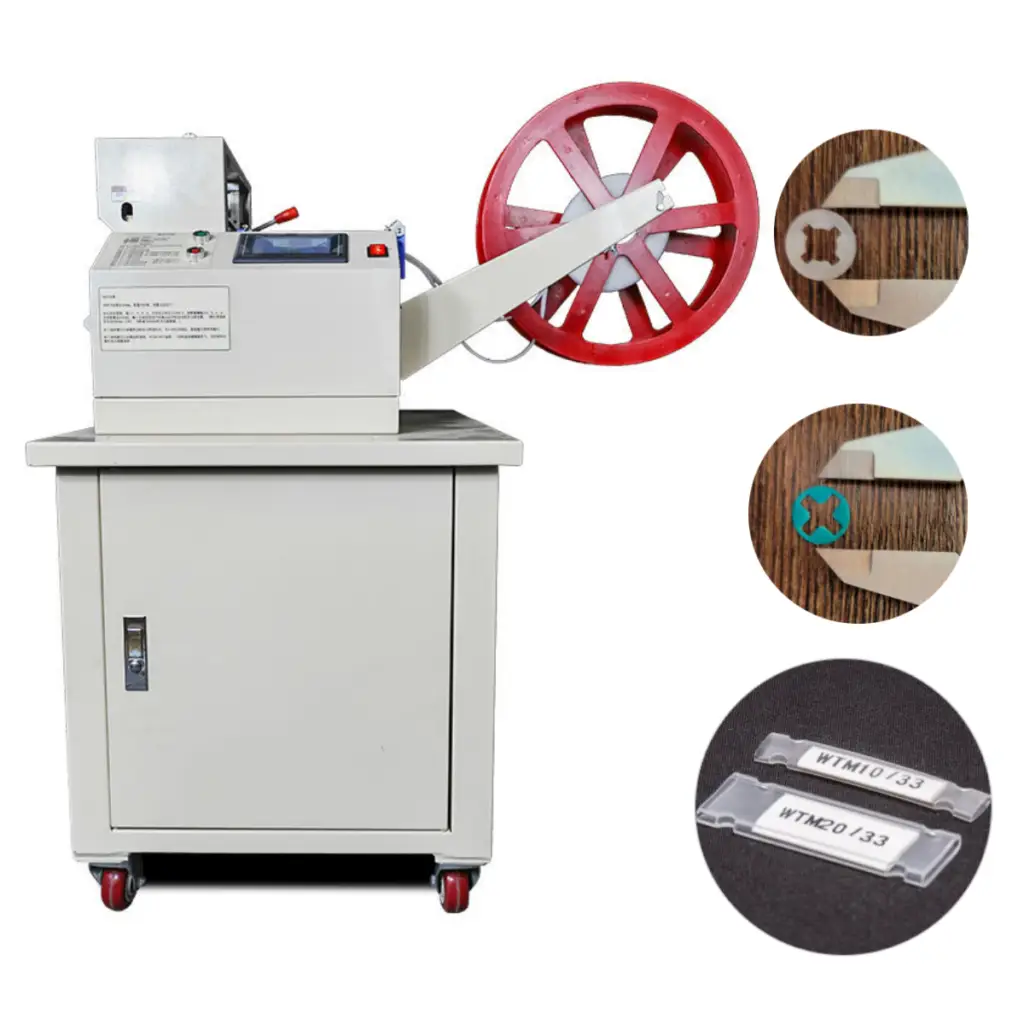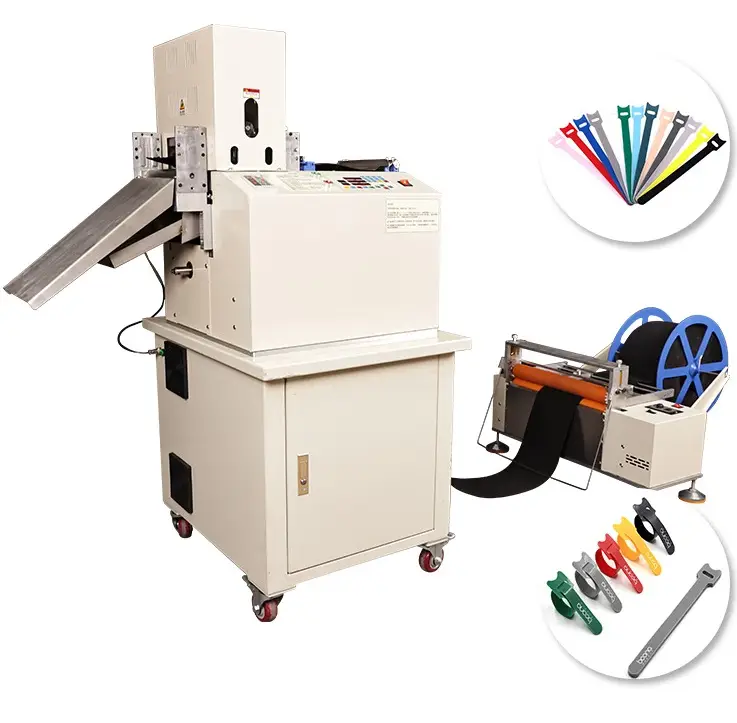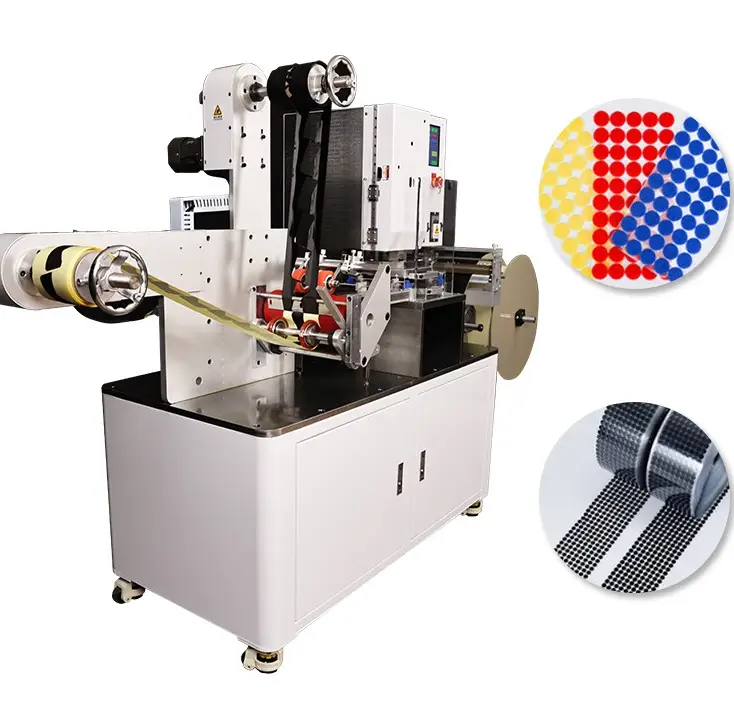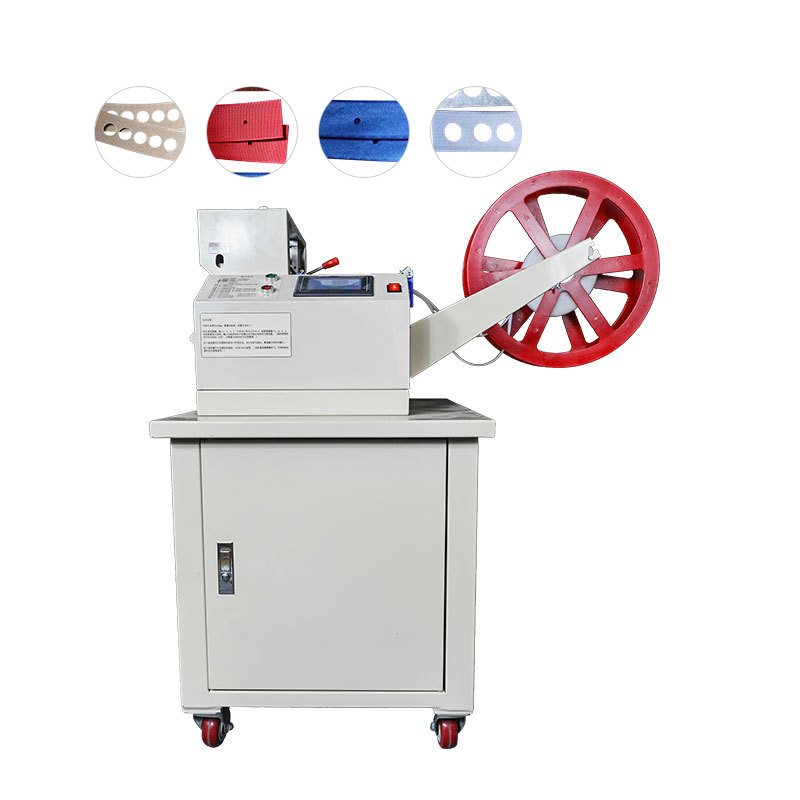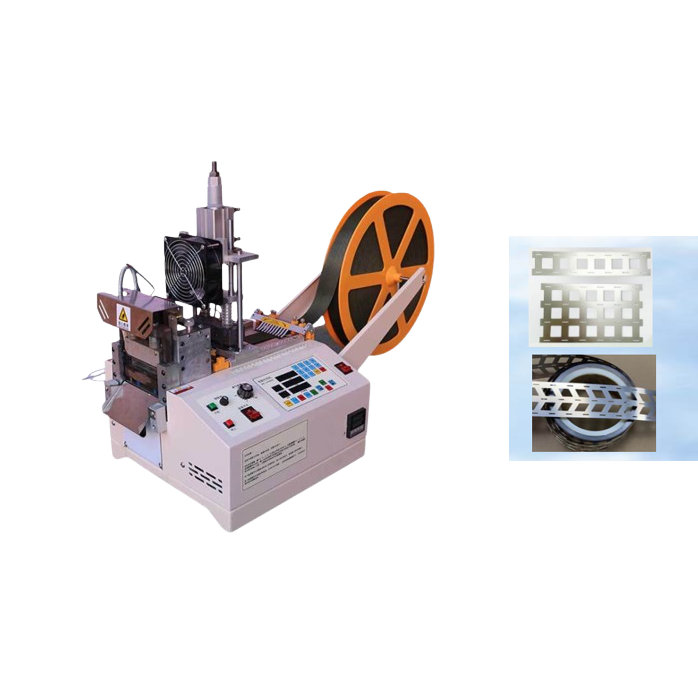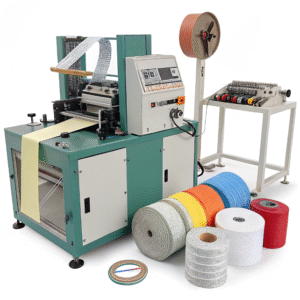How to select the appropriate blade or cutting tool for Velcro materials?

Not every blade can handle the tough loops and synthetic fibers of Velcro—wrong tools mean fraying, overheating, or early wear.
The ideal blade for Velcro depends on cut type, thickness, and production volume—tungsten steel, rotary blades, and heated knives are top choices for clean, sealed cuts.
Selecting the right blade for cutting Velcro is essential for achieving clean, precise cuts without fraying. The ideal blade depends on material type, thickness, and machine compatibility.
Key Blade Selection Factors:
- Material Thickness and Type: Choose a blade at least 5mm longer than the Velcro’s thickness. Hook, loop, or adhesive-backed Velcro may require different blade rigidity.
- Blade Angle: For soft Velcro, a moderate blade angle (16°–26°) offers a good balance of sharpness and durability. Lower angles (0°) suit thin material, while steeper angles (30°+) are better for dense layers.
- Rigidity and Thickness: Blades around 1mm–1.5mm thick reduce flexing and ensure smooth cuts. Tungsten steel or high-speed steel is preferred for strength and wear resistance.
- Cutting Method Compatibility:
- Cold knives are suitable for general Velcro cutting.
- Oscillating knives work well when properly matched in length and stiffness.
- Laser cutting provides clean, sealed edges but requires specialized equipment.
- Blade Maintenance: Regular sharpening or replacement prevents poor cuts and extends blade life.
- Machine Fit: Always confirm blade compatibility with your machine model, including holder and mold requirements.
Choosing the right blade improves cutting efficiency, reduces material waste, and extends both tool and machine life in Velcro cutting operations.
At Suzhou Haoxinhe Electrical Equipment Co., Ltd., we match each client with the right cutting tool, whether they handle soft hook-and-loop strips or laminated industrial Velcro.
Which blade types are best for cutting hook and loop tape?

Velcro is a tough, synthetic material. Hook sides have stiff plastic loops, and loop sides can tangle or fray under friction. You need a blade that can slice cleanly and optionally seal the edge.
The best blades for Velcro cutting include hot knives, tungsten steel straight blades, and rotary round cutters. Each fits a different production scenario.
Let me show you how to choose the best option based on your workflow, machine, and end-product quality needs.
🔪 Hot Knife Blades: Cut and Seal in One Motion
Best for: Polyester/Nylon Velcro, packaging, high-fray-risk materials
Hot knife blades heat up and melt through Velcro, sealing the edge to prevent unraveling. They are ideal for:
- Continuous cutting in high-speed production lines
- Thicker Velcro with foam or plastic backings
- Edge sealing requirements (medical or textile industries)
| Feature | Value |
|---|---|
| Temp Range | 100°C – 450°C |
| Blade Shape | Straight or serrated |
| Material | High-resistance alloy with Teflon |
Machines like our hot and cold cutting machine come equipped with adjustable heat control and replaceable hot blades—used by clients cutting PVC edge banding and bubble wrap with Velcro strips.
🔁 Rotary Blades: Clean, Smooth Slices for Flat Velcro Rolls
Best for: Low-fray Velcro, high-precision batch jobs
Rotary blades use a rolling motion to slice material. They’re excellent for:
- Flat, thin Velcro tapes
- Low-speed operations where clean edges matter
- Foam-backed Velcro used in HVAC and insulation
These blades:
- Are usually round with a tungsten steel edge
- Don’t heat up, so ideal for non-melting Velcro
- Work well in manual or semi-automatic machines
| Feature | Value |
|---|---|
| Diameter | 28mm – 100mm |
| Angle | 45°–60° |
| Life Span | 6–12 months per blade |

📏 Straight Blades (Cold Knives): Best for Short-Run, Manual Cutting
Best for: Budget setups, R&D, low-volume shops
Straight cold blades resemble utility knife blades. They can be installed on desktop cutters or manual presses.
Used for:
- Quick prototyping
- Custom-cut Velcro tabs
- Non-heat-sensitive Velcro
However, these blades:
- Can fray Velcro if not sharp
- Require frequent sharpening
- Don’t offer edge sealing
We usually recommend cold straight blades for labs or small production sites. They are compatible with our webbing ribbon cutting machine when no heating is required.
🔧 Blade Material Comparison
| Blade Type | Material | Best For | Fray Control | Durability |
|---|---|---|---|---|
| Hot Knife | Alloy + Teflon | Synthetic Velcro | ✅ | ⭐⭐⭐⭐ |
| Rotary Cutter | Tungsten Steel | Flat rolls | ✅ | ⭐⭐⭐⭐⭐ |
| Straight Knife | High-carbon steel | Prototyping | ❌ | ⭐⭐ |
Tip: Always match the blade to both the Velcro composition and the machine type. Not all blades fit all machines.
🛠 Blade Maintenance Matters
Even the best blade dulls over time. You should:
- Clean after every 8–10 hours of cutting
- Replace after signs of burn marks or rough edges
- Use blade-specific tools for sharpening (rotary vs straight)
At Suzhou Haoxinhe, we ship replacement blades with every order and offer custom-fit blades for our protective foam cutting machines and bubble wrap cutting machines.
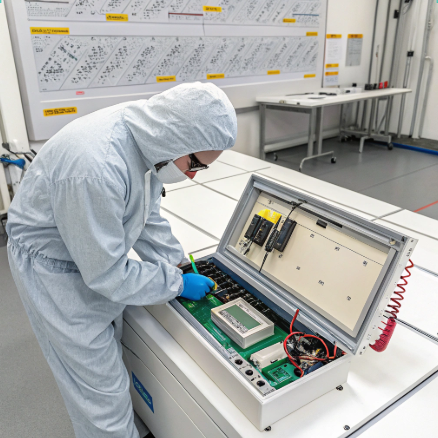
Conclusion
Blade choice makes or breaks Velcro cutting quality. Select the right blade type and material for your specific operation to achieve clean, consistent results.
Insights
From years of factory visits and field support, I can confidently say that blade mismatch is the silent killer of cutting efficiency. One client in the Middle East was running a rotary blade on thick, foam-backed Velcro. Output was slow, blades wore out in days, and fraying caused constant rework. Once we switched him to a hot knife with edge-sealing capability, his reject rate dropped by 70%.
A crucial but often overlooked factor? Blade angle and coating. For sticky Velcro or products with adhesive backing, a Teflon-coated hot knife prevents residue buildup and overheating—this not only protects the blade, but also avoids smearing the product.
Also, don’t rely on one blade for every job. If your production includes both light and heavy Velcro tapes, rotate between blade types or use a dual-head system. At Suzhou Haoxinhe, we offer combo machines that let you switch modes in under 5 minutes.
Choosing the right blade isn’t just about clean cuts—it’s about increasing uptime, extending blade life, and delivering consistent product quality. It’s one of the smartest investments a B2B manufacturer can make.
Suzhou Haoxinhe Electrical Equipment Co., Ltd. offers blade-matching services with every webbing tape cutting machine and hot/cold cutter order. Whether you need heated sealing, rotary precision, or manual flexibility, we provide cutting tools engineered for your Velcro, your volume, and your workflow.
